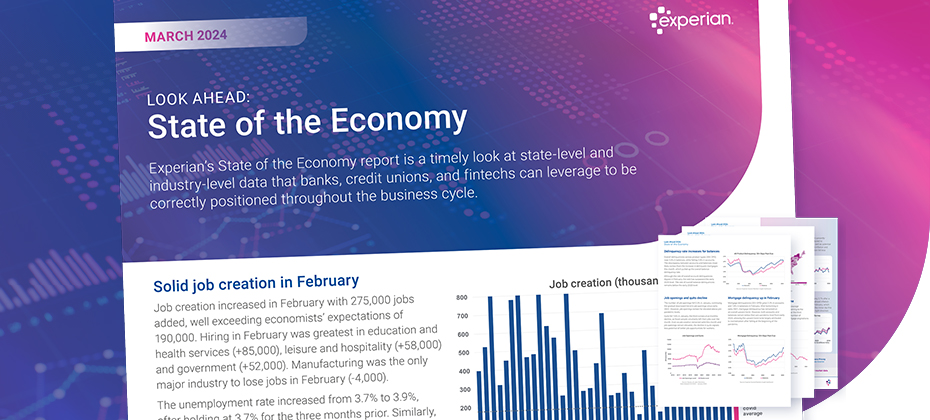For the past couple years, the deterioration of the real estate market and the economy as a whole has been widely reported as a national and international crisis. There are several significant events that have contributed to this situation, such as, 401k plans have fallen, homeowners have simply abandoned their now under-valued properties, and the federal government has raced to save the banking and automotive sectors. While the perspective of most is that this is a national decline, this is clearly a situation where the real story is in the details.
A closer look reveals that while there are places that have experienced serious real estate and employment issues (California, Florida, Michigan, etc.), there are also areas (Texas) that did not experience the same deterioration in the same manner.
Flash forward to November, 2009 – with signs of recovery seemingly beginning to appear on the horizon – there appears to be a great deal of variability between areas that seem poised for recovery and those that are continuing down the slope of decline.
Interestingly though, this time the list of usual suspects is changing.
In a recent article posted to CNN.com, Julianne Pepitone observes that many cities that were tops in foreclosure a year ago have since shown stabilization, while at the same time, other cities have regressed. A related article outlines a growing list of cities that, not long ago, considered themselves immune from the problems being experienced in other parts of the country. Previous economic success stories are now being identified as economic laggards and experiencing the same pains, but only a year or two later.
So – is there a lesson to be taken from this?
From a business intelligence perspective, the lesson is generalized reporting information and forecasting capabilities are not going to be successful in managing risk. Risk management and forecasting techniques will need to be developed around specific macro- and micro-economic changes. They will also need to incorporate a number of economic scenarios to properly reflect the range of possible future outcomes about risk management and risk management solutions.
Moving forward, it will be vital to understand the differences in unemployment between Dallas and Houston and between regions that rely on automotive manufacturing and those with hi-tech jobs.
These differences will directly impact the performance of lenders’ specific footprints, as this year’s “Best Place to Live” according to Money.CNN.com can quickly become next year’s foreclosure capital.
ihttp://money.cnn.com/2009/10/28/real_estate/foreclosures_worst_cities/index.htm?postversion=2009102811
iihttp://money.cnn.com/galleries/2009/real_estate/0910/gallery.foreclosures_worst_cities/2.html


